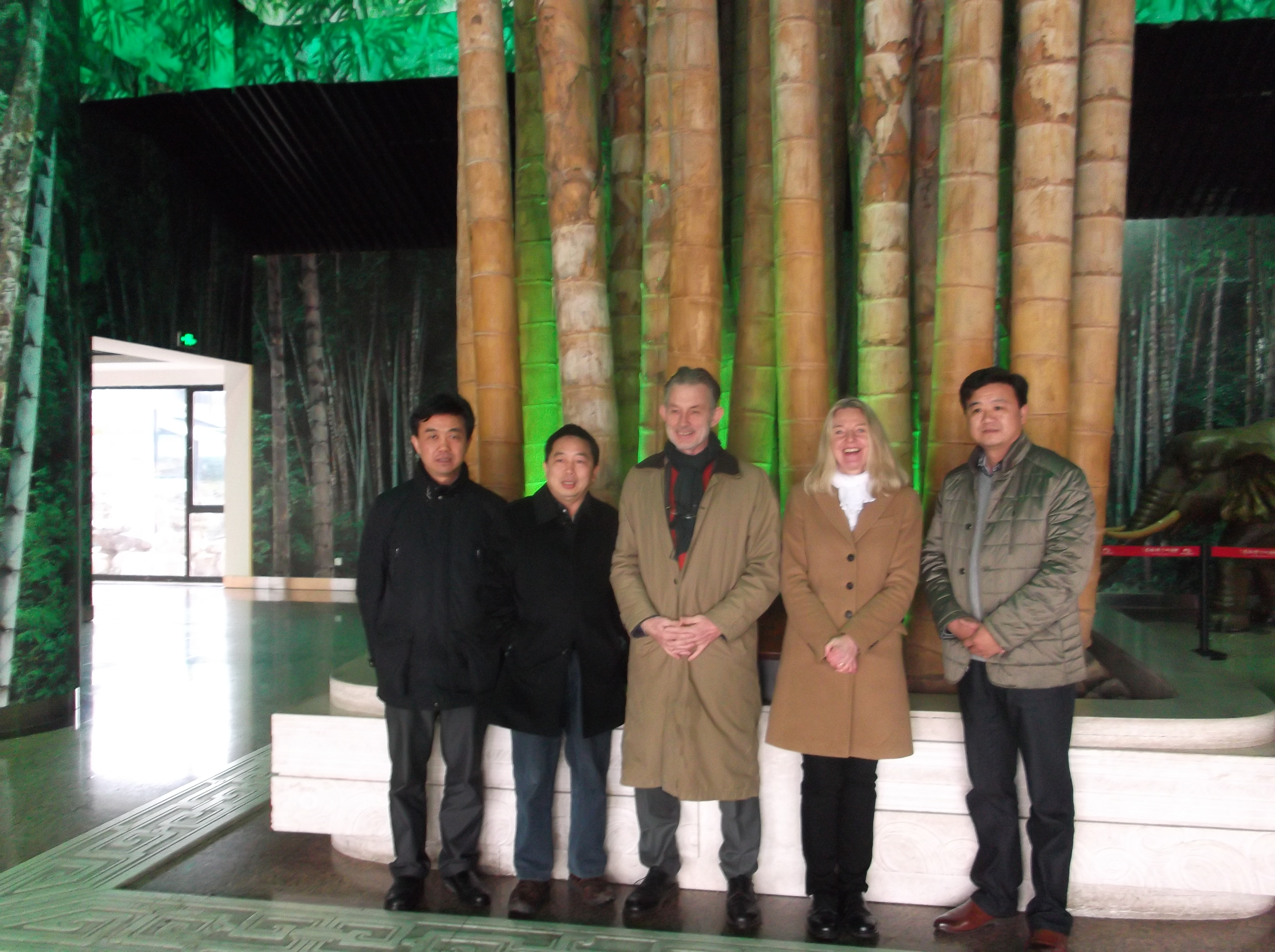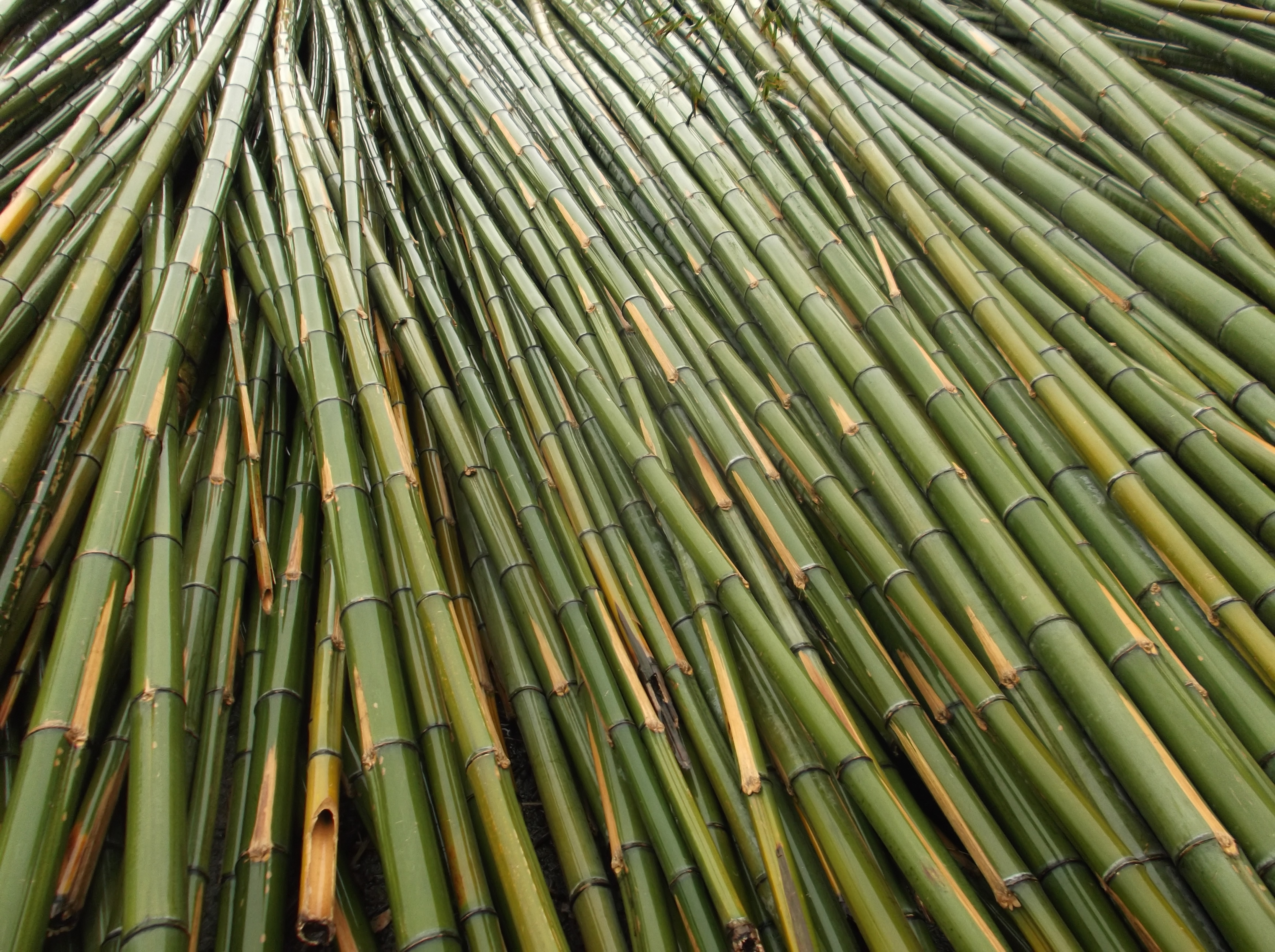On Saturday 8 March and Sunday 9 March, I visited Anji County in Zhejiang Province. Anji County produces nearly 20% of China’s bamboo industry, and half of the annual income of the County is related to bamboo production. Bamboo has been used for thousands of years, and there is a lot of bamboo in the County. To put it into context: The famous fighting scene in the bamboo forests of the film Crouching Tigers – Hidden Dragons was filmed in Anji!
The bamboo industry in Anji County is highly sophisticated. There are specialized companies for each stage in the production process: collection of bamboo poles; processing of raw materials for further production; quality enhancement of basic products and eventually production of high-value, high-quality items. The forest department of Anji County lists the different bamboo production lines as follows:
- Bamboo boards, flooring and furniture
- Woven products from bamboo
- Bamboo-based textiles
- Bamboo handicrafts
- Production of Bamboo processing machines
- Food from bamboo
- Chemical extracts from bamboo
- Bamboo charcoal and vinegar
To start the day, we visited the bamboo research station of the County Forest Service which is studying the most effective and efficient ways of managing bamboo plantations. They are measuring growth rates, density and other parameters, as well as air quality, CO2 and other conditions.
We then looked around a workshop that is specialized in splitting the cut bamboo poles into strips, which are used for either production of venetian blinds or for bamboo flooring. The side products of this particular operation are charcoal from the waste products and bamboo scaffolding from the top of the poles which are too small for splitting but very strong and flexible. The sawdust that is generated can be used for particle boards or for fuel to power the boiler. Finally, the edges of the strips that cannot be used for the primary purpose can be made into fibres for pulp and paper production. Nothing is wasted in the production chain!
Afterwards, we visited one of the largest bamboo factories in Anji which produces top quality floor planks, wall panels, furniture and interior design. The products on display would take pride in any showroom in Europe or the USA, and the latest designs were in one word: brilliant. The company supplies a growing domestic market, but also exports internationally, including to well-known large international furniture companies.
Anji has a wonderful bamboo museum with archeological discoveries, historical anecdotes, educational displays about bamboo biology, ecology and distribution as well as examples of traditional and modern use from China and the rest of the world. The introduction display describes bamboo as “a grass that does not act like a grass which looks like a tree but is not a tree”.

The INBAR visitors at the entrance to the bamboo museum with the director and forest department staff
The museum also has a small zoo with four very happy giant pandas that were munching away on bamboo leaves. They get occasionally an apple to boost their vitamin intake and I was lucky enough to feed the pandas. It was the first time that I have seen a giant panda in the flesh!
The following day we visited a factory that specializes in the production of textiles from bamboo viscose. The material is extremely soft, has very high water absorption capacity and apparently has anti-bacterial properties. Bamboo textile industry is one of the fastest growing aspects of bamboo the sector. Commercial application did not start until mid-noughties and after 8 years it is worth more than 10 billion Yuan.
It is still not possible to produce textiles from pure bamboo fibres as they are too short, but I would not be surprised if further Research & Development may find a solution for this in the future. However, making textile from bamboo viscose still has important positive environmental benefits: growing bamboo instead of cotton means that less irrigated land is needed for cotton and therefore more land can be used for food production, and bamboo does not need the agro-chemical applications that are required for cotton production, thus reducing soil and water pollution.
We also visited a trading company that buys handicrafts from a large number of small producers, often women who work from home. While this sounds like small-scale business, the company was loading a 40ft container for export to Japan, and this is not unusual. This is a multi-million dollar business.
Anji County calls itself the centre of bamboo production in the world, and now I understand why.






I am Jorge Mario Corzo
I am looking for a supplier of bamboo in large quantitys,
I would like to be contacted at ……….jjmario1941@gmail.com